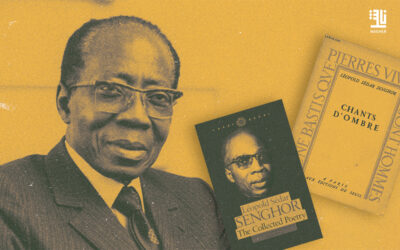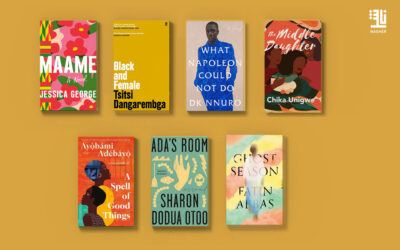In our second instalment of Authors who found love within the literary field, we will be looking at the love and marriage of F. Scott Fitzgerald and Zelda Sayre Fitzgerald.
While F. Scott is best known for The Great Gatsby and other novels, Zelda’s reputation rests on her struggles with mental illness. Their relationship was troubled by jealousy, bitter fights, and a shared wild lifestyle, but Zelda’s presence did more to fuel Fitzgerald’s writing than to hinder it. He frequently lifted excerpts from Zelda’s diary (uncredited) to include in his fiction, and this casual plagiarism eventually led to a deep resentment on her part. However, her support was often valuable to his writing career.
In 1918, Lt. F. Scott Fitzgerald met Zelda Sayre, the 18-year-old daughter of a judge, at a country club dance in Montgomery, Ala., where he was stationed. That chance encounter led to a 22-year romance. In “Dear Scott, Dearest Zelda,” a collection of more than 300 letters they exchanged, Zelda writes in direct yet passionate prose, Fitzgerald with a poetic flair reminiscent of his fiction.
On first meeting, Fitzgerald was smitten with Zelda’s charm and beauty, but the letters she wrote him deepened his affection. Discharged from the Army in 1918, Fitzgerald settled in Manhattan and became a writer. Fitzgerald’s 1920 novel, “This Side of Paradise,” was an immediate bestseller. A week later, Scott and Zelda were married.
In an often turbulent lifestyle that included constant drinking, occasional infidelity and constant quarreling, Fitzgerald published a second bestseller, “The Beautiful and Damned”; they had a daughter, Scottie; and, living on the French Riviera, they became part of a group that included Pablo Picasso, Dorothy Parker and Ernest Hemingway. Despite festering anger about his theft of her work, she tacitly allowed his drawing on her writing for his celebrated books, insisted on the title The Great Gatsby over some of his other options, and defended his legacy after his early death. The same can’t be said of him, however; Fitzgerald was brutally critical of her novel, Save Me the Waltz, and forced her to rewrite it so he could use shared material in his book Tender Is the Night instead. When his third novel, “The Great Gatsby,” met with mixed reviews and poor sales, Fitzgerald descended deeper into drinking and Zelda lost herself in an obsession with becoming a ballerina that culminated in a nervous breakdown, causing her to be hospitalised in Switzerland from June 1930 until August 1931.
The letters they exchanged were poignant. “We ruined ourselves,” Fitzgerald wrote. “I have never honestly thought that we ruined each other.” Zelda countered: “Please don’t write to me about blame” — and soon told him he should “start whatever you start for a divorce immediately.” But Scott’s very next letter declared: “I love you with all my heart because you are my own girl and that is all I know.”
Upon her release, Zelda spent the next five years occasionally living with Scott and Scottie but mostly hospitalised in the United States. When his fourth novel, “Tender Is the Night,” failed, Fitzgerald found solace in their relationship. “[W]e haven’t been happy just once,” he wrote, “we’ve been happy a thousand times. . . . Forget the past . . . and turn about and swim back home to me.” That she could not was heartbreaking to them both. “[S]ince we first met,” Zelda wrote, “I have loved you with whatever I had to love you with.” Sadly, other — uncontrollable — forces intervened. By 1937, Fitzgerald was out of money. To finance their way of life — clothes and travel, Zelda’s hospitalisation, Scottie’s education, he returned to Hollywood. He began dating Sheilah Graham, a gossip columnist, but his love for Zelda remained. “Oh, Zelda,” he wrote. “Once we were one person and always it will be a little that way.”






